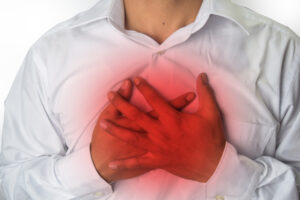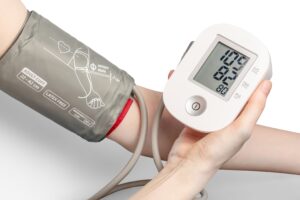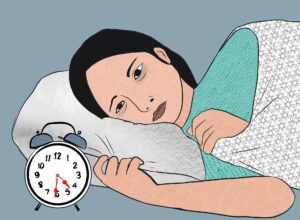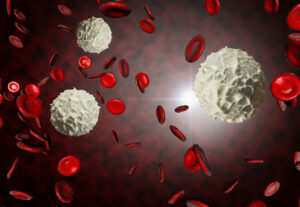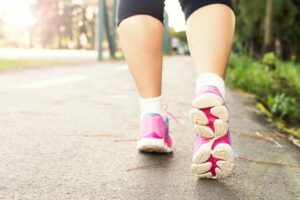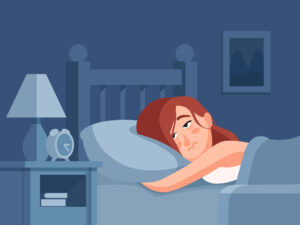Osteoporosis: What It Is and How to Prevent
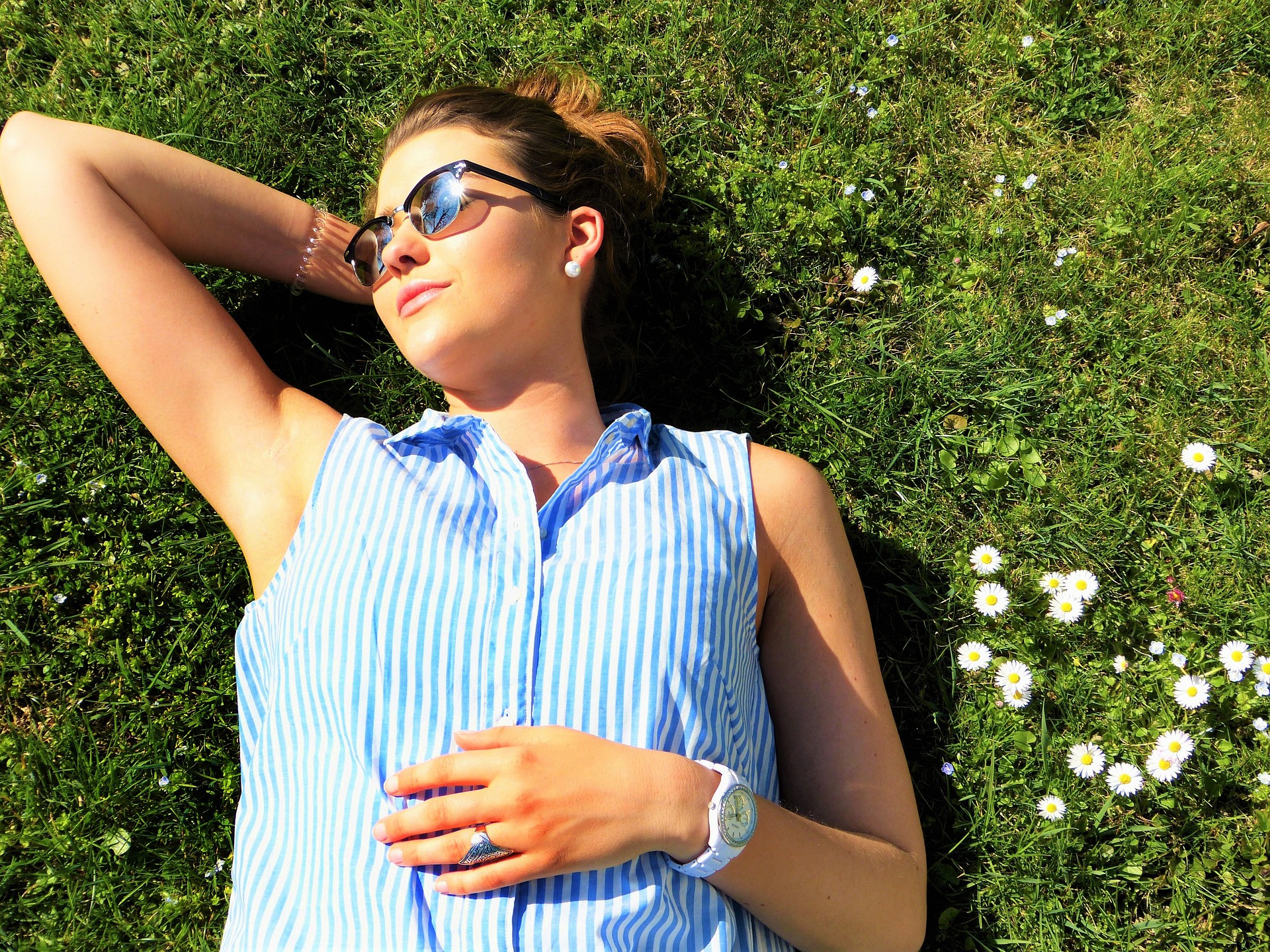
In this Article:
What is osteoporosis? | Causes of osteoporosis | Symptoms | Who gets osteoporosis | Prevention of osteoporosis
Bone is a connective tissue that undergoes constant wear and tear and gets replaced. However, there are times when the replacement process is not as quick as required or when too much of the old bone gets reabsorbed in the body and as a result, bones become brittle and weak. This condition is known as osteoporosis.
What is osteoporosis?
Osteoporosis is a disease of the bones that affects both men and women. It causes bones to become less dense and more fragile, increasing your risk for fractures.
When people think of osteoporosis, they may picture an older person with a broken hip. But this condition can affect people of all ages, including children, teens, and young adults. In fact, the National Osteoporosis Foundation estimates that half of all those diagnosed with osteoporosis are younger than 50 years old. Research shows that by age 50:
- 80% of Caucasian females have lost at least 30% of their bone mass
- 90% have lost at least 50%
- 1 in 4 Caucasian females will suffer an osteoporotic fracture
Causes of osteoporosis
When a person is young and growing – up to the early 20s – the body produces new bone at a pace that is more rapid than its breakdown. However, this bone production subsequently slows down so that the rate of new bone formation is much slower than the rate of old bone breakdown. Several factors determine whether a person will develop osteoporosis and the most important ones include:
- Age – older people are at greater risk of osteoporosis
- Gender – women are at greater risk than men
- Family history – persons with parents or siblings with this condition are more likely to develop it
- Race – Asians and whites are more at risk of osteoporosis
- Body size – persons with smaller body frame have lesser bone mass and therefore, are at greater risk
- Hormone levels – low levels of estrogen in women and testosterone in men and high levels of thyroid hormone can lead to weaker bones.
- Eating habits – people with a chronic low-calcium intake, those with anorexia and persons who have undergone gastrointestinal surgery that reduces the area to absorb nutrients in food are all at greater risk of osteoporosis.
- Medications – medicines used to deal with gastric reflux, seizures, cancers and some corticosteroid drugs all tend to interfere with the bone formation process and increase risk of osteoporosis.
- Unhealthy lifestyle – persons with a sedentary lifestyle, those who consume tobacco and those who drink alcohol in excess are known to be at a greater risk of developing osteoporosis.
Symptoms of osteoporosis
Osteoporosis is not generally evident in the initial stages. It is only later, when bones have been considerably weakened that symptoms appear, with the most common ones being:
- Pain in the back due to collapse or fracture of the vertebra
- Stooped posture
- Loss in height
- Very easy fracture of a bone
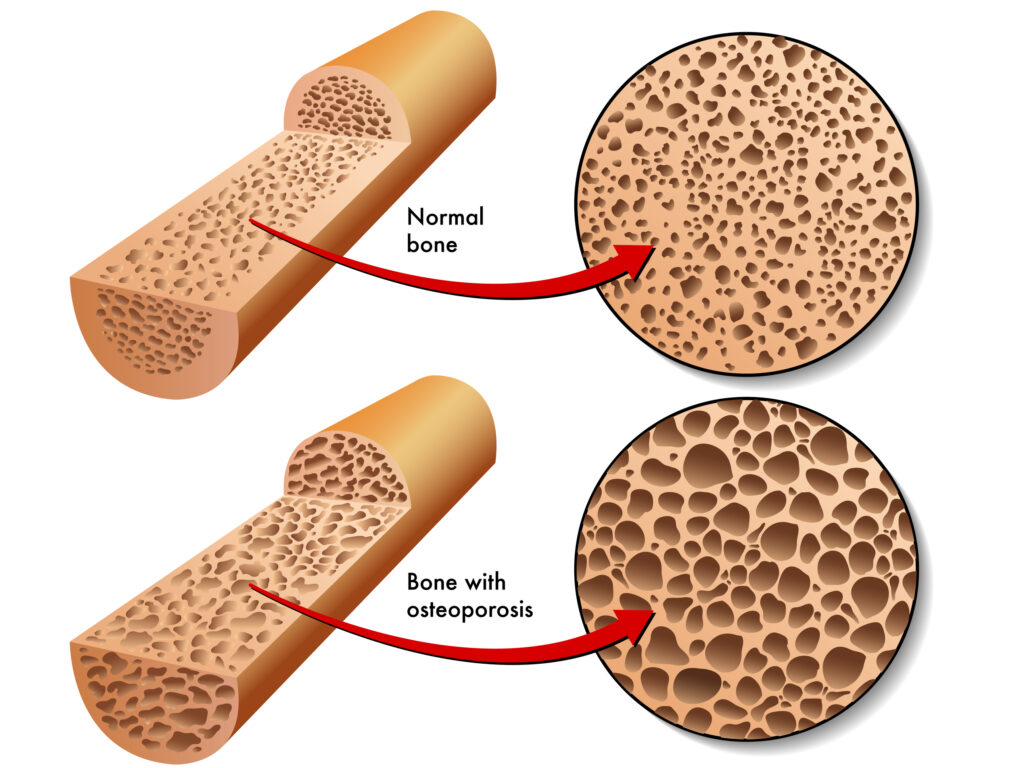
Who gets osteoporosis?
- Women. Women account for about two-thirds of cases of osteoporosis and related fractures, according to the National Osteoporosis Foundation (NOF).
- Men. Men are also at risk of developing osteoporosis, but they tend to develop it later in life than women do. A man’s risk increases after age 50 or 60, while a woman’s risk increases after menopause.
- Older people. Your bones can lose mass even if you don’t have a formal diagnosis of osteoporosis—but if your bone density is normal when you’re younger and you stop building bone mass as you get older, being diagnosed with osteoporosis is more likely because there’s less bone for your doctor to measure
- People who have an inherited tendency toward low bone density may be more likely to develop the disease
How do you know if you have osteoporosis?
- Bone mineral density (BMD) tests are the only way to know your bone strength. A BMD test can measure the amount of calcium and other minerals in your bones, and whether your bones are losing or gaining minerals.
- There are two kinds of BMD tests: dual energy X-ray absorptiometry (DXA), which uses a small amount of radiation; and quantitative computerized tomography (QCT), which doesn’t use radiation.
- The most common measurement used is called a T score, which compares your BMD results with those of young healthy adults who have no known history of osteoporosis or other diseases that affect bone loss such as cancer or kidney disease.
- T scores range from -1 to +1; -1 indicates severe osteoporosis, 0 means average for age, 1 indicates mild osteoporosis and +1 indicates extremely healthy bones for someone your age — usually a teenager or young adult — who has not taken any medications that could cause calcification problems like steroids (prednisone) or lithium carbonate anticonvulsants). If you’re older than 50 years old and don’t take medication like prednisone or lithium carbonate anticonvulsants regularly then the normal range goes up by 1 point every decade until it reaches +2 at age 80+ years old.
Prevention of osteoporosis
Treating osteoporosis uses multiple strategies including medications, modifying the risk factors and a change in lifestyle. However, it is better to prevent osteoporosis before it occurs rather than treat it once it has set in. Prevention involves targeting three areas:
Vitamin D is produced by the skin when it is exposed to early morning sunlight. But for those who cannot access this source, it may be obtained in the form of a supplement. Calcium is easily obtained from green leafy vegetables, dairy products, soy products, canned salmon and cereals fortified with the mineral. Regular exercise – of weight bearing as well as strength training types – helps to build stronger bones. Tai chi and other exercise forms that help to improve balance are also a good option for those looking to prevent falls.
Along with these measures, it is important to quit smoking and limit the amount of alcohol consumed in order to keep the bones healthy and prevent osteoporosis. Persons at greater risk of this condition must also avoid falls by wearing shoes or slippers with nonskid soles and making appropriate changes in the structure of their homes.
Content disclaimer
Content on this website is provided for information purposes only. Information about a therapy, service, product or treatment does not in any way endorse or support such therapy, service, product or treatment and is not intended to replace advice from your doctor or other registered health professional. The information and materials contained on this website are not intended to constitute a comprehensive guide concerning all aspects of the therapy, product or treatment described on the website. All users are urged to always seek advice from a registered health care professional for diagnosis and answers to their medical questions and to ascertain whether the particular therapy, service, product or treatment described on the website is suitable in their circumstances. Medimission.com shall not bear any liability for reliance by any user on the materials contained on this website.

